One of the top questions I get when I give portfolio reviews or talk to artists in general — and slowly gaining the #1 most frequently asked question slot over the pandemic — has been “How important is social media to my career?” and I often say that it CAN be important but it doesn’t HAVE TO be important, and I think that’s advice that’s really important to elaborate on and talk about now, as many folks have abandoned Facebook entirely, Twitter may or may not be in it’s death throes, Instagram’s algorithm has heavily prioritized video over still images, and Artstation is dealing with a boycott over AI art. Before we debate whether we’re going to Mastodon or TikTok or ditching public-facing social media for Discord, I think it’s important to assess how much social media is and isn’t doing for you.
(And yes, I consider Artstation a social media platform. And in lieu of telling you I told you so, I’ll just link to this article I wrote last year on why you need a website.)
So let’s dig in.
Part 1: Is Social Worth It?
FACT: Social media has made many art careers.
This is undeniably true.
FACT: There are many many well known artists who have no active social media presence.
This is also true, and I will say that while it’s easy for the folks who were famous before social media was A Thing to have kept their careers without worrying about social media, that’s not the folks I’m focused on. There are plenty of artists who “broke though” as folks are fond of saying, and made their career and get plenty of work, in the last 5-10 years, without much social media at all.
So let’s dig in here—and I’m not going to be exhaustive here, because this article isn’t about deciding whether social media is good for you personally or not, it’s about how to deal with that decision once you’ve made it, but for the sake of setting the stage, let’s quickly list the pro’s and cons of social media through the lens of an art career (I’m not addressing whether you want to be there as a private person, that’s a different question, but that’s also part of the problem.)
PRO: It’s easier than ever to get your work seen by a ton of fans, other artists, and potential clients.
CON: There’s no guarantee or real way of controlling whether the people you want to see your work are seeing your work.
The numbers game here is dangerous. The real attraction (and addiction) of social media in a professional sense is the illusion of control. There are so many times building an art career feels like Screaming Into the Void. You are making work, you are putting it out into the world, and you have no feedback. You have very little idea if you’re on the right path or the wrong path. When you get a bite, you’re never really sure what it was that you did that worked. In ye olden days you dropped off physical portfolios at offices and then picked them up days or weeks later, and you had no idea whether the Art Director liked your work or not. Now you send “cold call” promo emails to Art Directors and you rarely hear anything back. It’s maddening. (Until one day you seem to get work all at once out of the blue and you go crazy from trying to say yes to it all at once, but that’s an article for another time)
The metrics of social media — the likes, the shares, the comments — are the only metrics you get a lot of the time. And that sense of quantifiable feedback is very addictive. But in most cases it’s an illusion. You usually don’t know if the clients you’re hoping for are going to see any given piece — thanks algorithms — and every artist who has ever sold prints online to their fans knows the hard truth that follower counts do not automatically translate into paying customers. Maddeningly not even the very ones who pester you with “can you make this a print” comments. And all likes are not equal. A like from a rando who doesn’t follow you and just happened to like this one post is not worth the same as a peer or a dedicated long term fan or an Art Director or a pro you look up to.
PRO: In a solitary career, social media gives you an easy to access an artist community.
CON: The community on social is not an accurate representation of your professional community.
Look at your social media follows and followers. Put aside all the personal IRL friends. Also put aside all the random people you don’t know, brands, meme accounts, etc. Look at just the accounts that you follow or that follow you that are contacts you care about in a professional way. Then go walk over to your bookcase, if you’re an art book person. Your reference folder if you’re more of a digital person. How many of the artists you idolize have active social media accounts? How many of the younger professionals who you’re looking as career templates have active social media accounts? Look at the brands & companies you want to do work for. Are you following their corporate accounts or the actual people’s accounts who do the art hiring?
Now I’m not saying there aren’t very real and very valuable contacts there. But I am saying, from personal experience, that most of the most successful working artists who you would consider the peers you want feedback from, to study from, etc are not on social media that much — because they are too busy making work to be on social media that much. And the ones that are on social a lot are promoting something — and there’s nothing wrong with promoting something, but it comes in waves. You can’t promote all the time and stay at the top of the field because…then you’re not taking the time to make work. And there are still a lot of folks (self included) jumping on social to share advice because we feel a duty to the community — but you’ll find most folks with good advice are on less and less as social media has gotten more and more hostile and more and more fragmented overall.
If you really look at your own social with clear eyes, I bet there’s only 25% representation on social of what you’d consider your ideal professional art community. That’s not nothing, but that’s not worth 100% of your community attention.
SUMMARY: There’s some very real benefits to social media presence BUT it may be taking a disproportionate amount of time for the impact it actually has on your work.
Therefore, adjust your usage accordingly. Many folks go the route of setting up a profile page, making sure all your links are there, making a top post or a pinned post that shows a few best pieces of work, then leaving it be. You don’t have to do this for every social media platform, mind you, just the ones you feel you should have a presence on. And then if there is a social platform you do enjoy and does overlap with personal usage, you can keep using it as you do, but now you’re a little more clear-eyed about how much of it is actually work that affects your career.
Part 2: Then How Do I Get Work?
If you take one thing away from this article, it’s something that I’ve always said: Social Media is a tool in your utility belt of getting work but it’s only one of them, and it’s not even a mandatory one.
Your job, as a professional commercial artist is half making great work and half business.
Business is half Promotion (Marketing & Publicity) and half Paperwork (Invoices, Contracts, Rights, Taxes, Healthcare, etc).
So your time should be roughly broken up like this:
50% Making work & improving your skills
25% Promoting it
25% Chasing paperwork
That might not sound sexy, but it’s true. And of course, not every day should be broken up to those ratios, but if you look at a year, that’s about how you should be breaking up your time.
Promotion is getting the right people to see your work. Who are the right people? Well it’s either Companies (usually Art Directors but sometimes Editors, Owners, etc.) or People (Self-published authors, fans). Promotion happens many different ways, and some reach Companies better than People and vice versa. Some social media platforms are better for one or the other. Social media is just one method of promotion. Here’s a list of as many as I can think of right now in no particular order:
The idea is to pick a few methods (not all of them) that work for you and your life and your work and your audience, and then focus on those:
• Sending “Cold Call” Emails directly to Art Directors you want to work for
• Sending postcards or mailers directly to Art Directors you want to work for
• Creating a targeted sample piece directly at a client and submit it to them
• Writing a blog or (better) writing an article for someone else’s site who already has a following (this very site takes guest posts all the time!)
• Starting a newsletter and creating good interesting content to put in it regularly
• Making personal work that is connected to a hobby or fandom that already has an audience & release it in the places that fandom congregates online
• Getting interviewed by a podcast
• Going to an industry event — virtually or in person
• Going to a con or seminar — virtually or in person
• Portfolio reviews from professional artists or Art Directors
• Entering contests & annuals
• Joining group projects, group or open-call gallery shows, anthologies, or websites (like Every Day Original)
• Establishing a peer group of artists so that you can cross-promote yourselves & share work recs
• Social Media
(there’s more I’m not thinking of — add them in the comments please and I’ll edit them in below)
Believe me, there is no one secret way to get hired. Every Art Director has multiple different ways of finding artists, as do gallery curators, authors, and fans. I work with a LOT of artists who don’t use social media, and a lot who do. It’s incredibly rare that I work with an artist after only seeing them thru one method. It’s almost always a combination, and it almost always develops over time. Maybe I saw your work on social media, maybe I saw it on another company’s product. Maybe another Art Director recommended you. Maybe another artist did. Maybe I saw your work in Spectrum. Maybe I met you at a portfolio review. Maybe I met you at a con, or a noticed a question you asked at a virtual panel I gave. Maybe I heard about your work on a podcast, or saw something you wrote. Maybe I saw a cool personal piece that shared a fandom or hobby or interest I like. Maybe all of the above.
Now stop obsessing over whether you HAVE TO do social media. YOU DON’T HAVE TO, I PROMISE. It can be part of your tool belt but it doesn’t have to be.
Love,
Lauren
P. S. BUT YOU DO NEED TO HAVE A WEBSITE


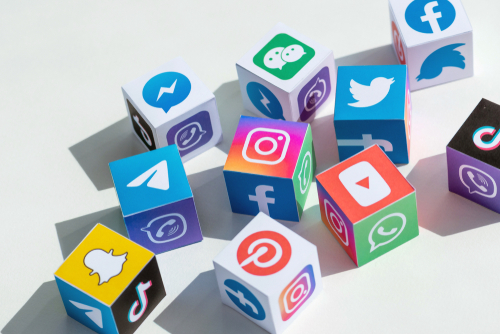
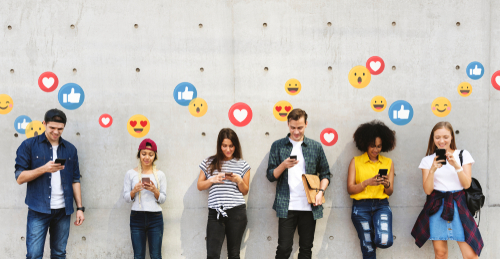

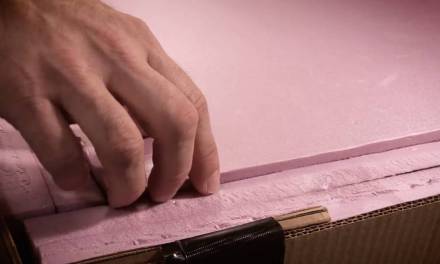
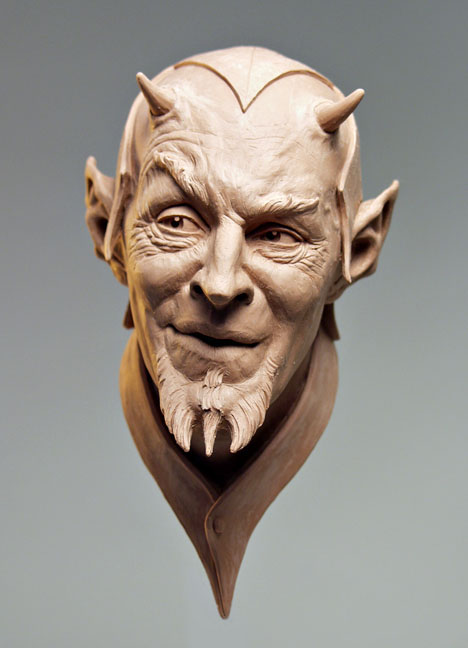
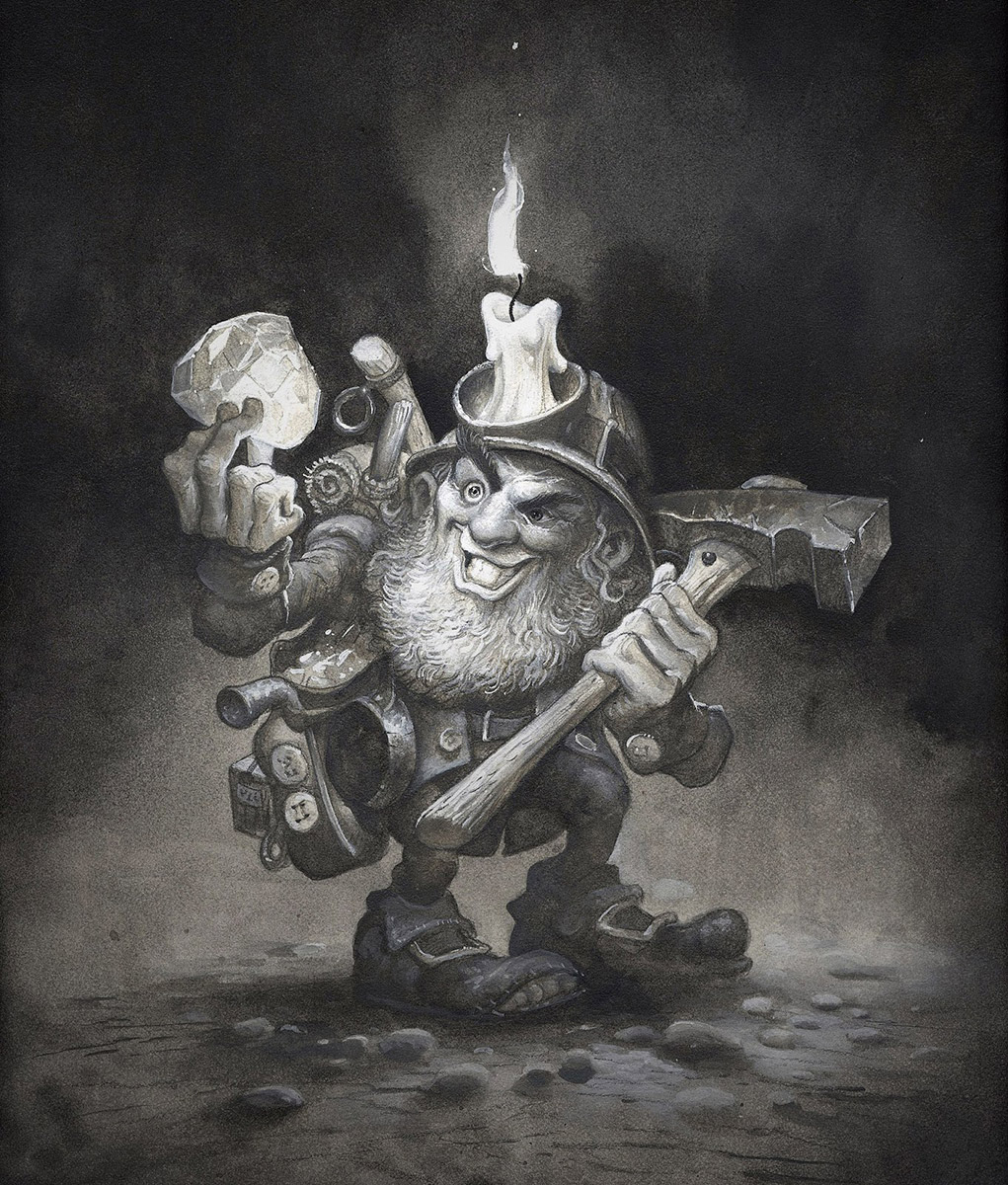
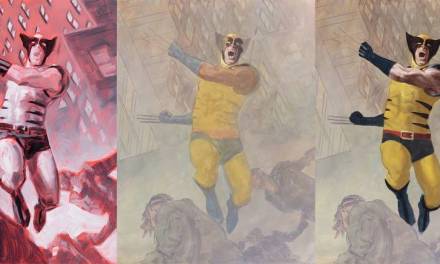
Thanks for sharing. This was really insightful. It helps to know what to focus on, even if social media is useful. Knowing more about the other parts involved is eye-opening.
I know you’ve been giving this advice to people for a long time. And I always agreed, but it was scary to give up on social media! I’m finally taking action on it after the Twitter mess and experiencing how much work it is to keep a fragmented bunch of social media platforms updated to safeguard against Twitter disappearing one day.
I’m trying to move towards newsletters being my *main* platform and using social media for the spontaneous interaction and hype trains. No more rigorous scheduling on all platforms, but focus on sending out valuable newsletters to people who I can move to a different platform with me if Mailchimp/Convertkit/Mailerlite/Substack disappears. And branching out towards all of the other stuff in the meantime as well, of course 🙂
This is so well-timed for me, thank you so much! A couple of months ago my IG art account was deactivated (apparently I’d committed the mortal sin of creating that account using the same email as my personal account). I didn’t have time to make a new one, so… I didn’t. By then I was so burnt out on social media, that I followed that up with deactivating my FB. (I get back on and check it once a month, but that’s it. I don’t miss it.)
I realized in hindsight that even spending small amounts of time on social media has been such a distraction, psychologically! When I have pieces to work on, skills to improve, etc. It nagged at me that by avoiding social media my existing fans/clients will forget about me, and that I’ll never get anything seen again, since the algorithms seem to favor frequent posting… while recognizing that the anxiety this is generating is not doing any good. Anyhow, thank you for this uplifting and affirming post. Sounds like I should update my woefully out-of-date website and figure out newsletters instead 🙂
This is SUCH A RELIEF and so helpful!! Social media has been dragging me down just as much as it lifts me up quite honestly. The idea of “building an audience” there can so easily be a distraction from other self promotion, and it creates a false sense of how many real clients or customers you have. Excited to use more of the non-social media promotion ideas here 🙂 thanks Lauren!!
Thanks. I needed encouragement this morning! I’ve stepped further back from social than I have in a while. For me, the activity of it is bad for my work. I always appreciate a list of alternate marketing methods.
yes, social media takes up to much time and constantly changing (as its focus is to keep you on the platform) so it takes away time from making more and improving your work